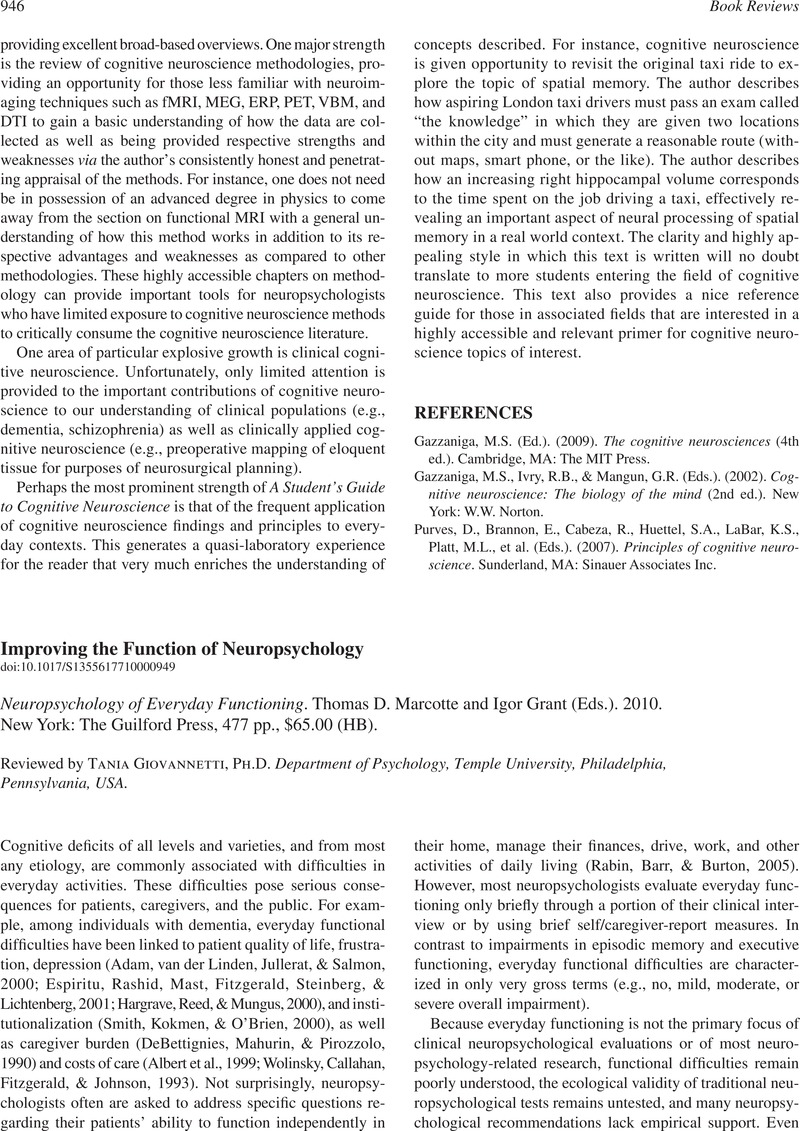Crossref Citations
This article has been cited by the following publications. This list is generated based on data provided by Crossref.
Lin, Chung-Ying
Shih, Pei-Yu
and
Ku, Li-Jung Elizabeth
2019.
Activities of daily living function and neuropsychiatric symptoms of people with dementia and caregiver burden: The mediating role of caregiving hours.
Archives of Gerontology and Geriatrics,
Vol. 81,
Issue. ,
p.
25.





